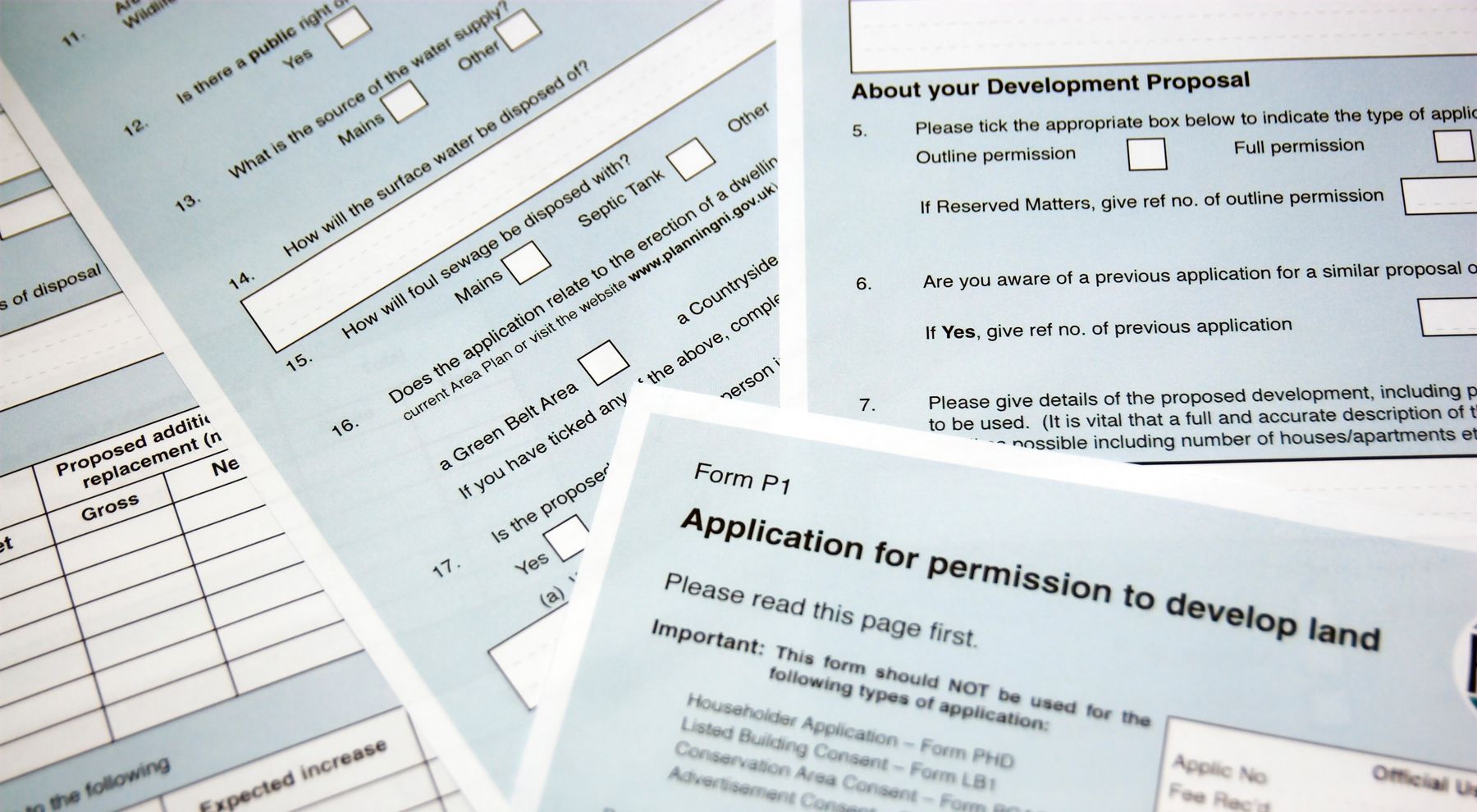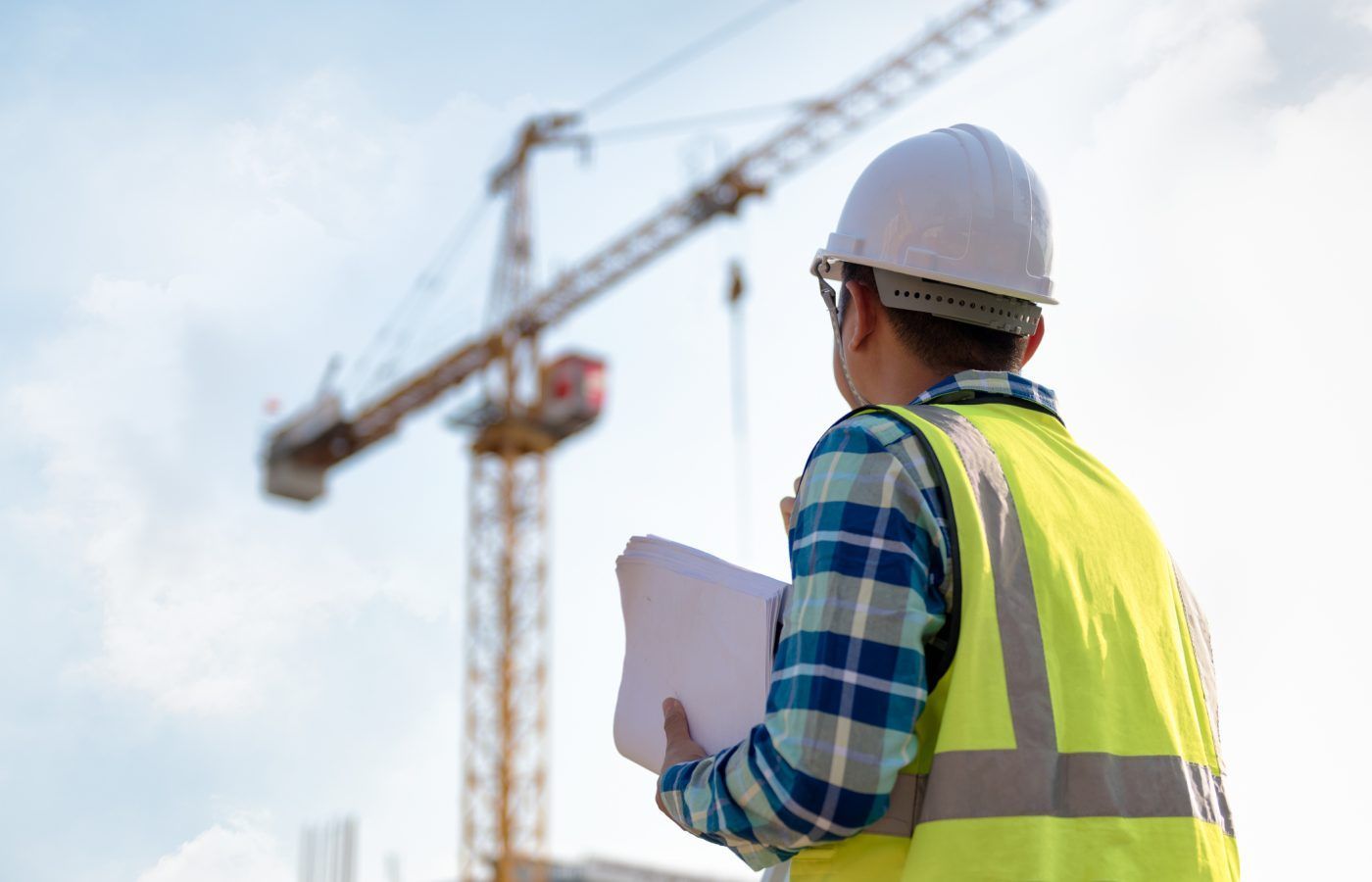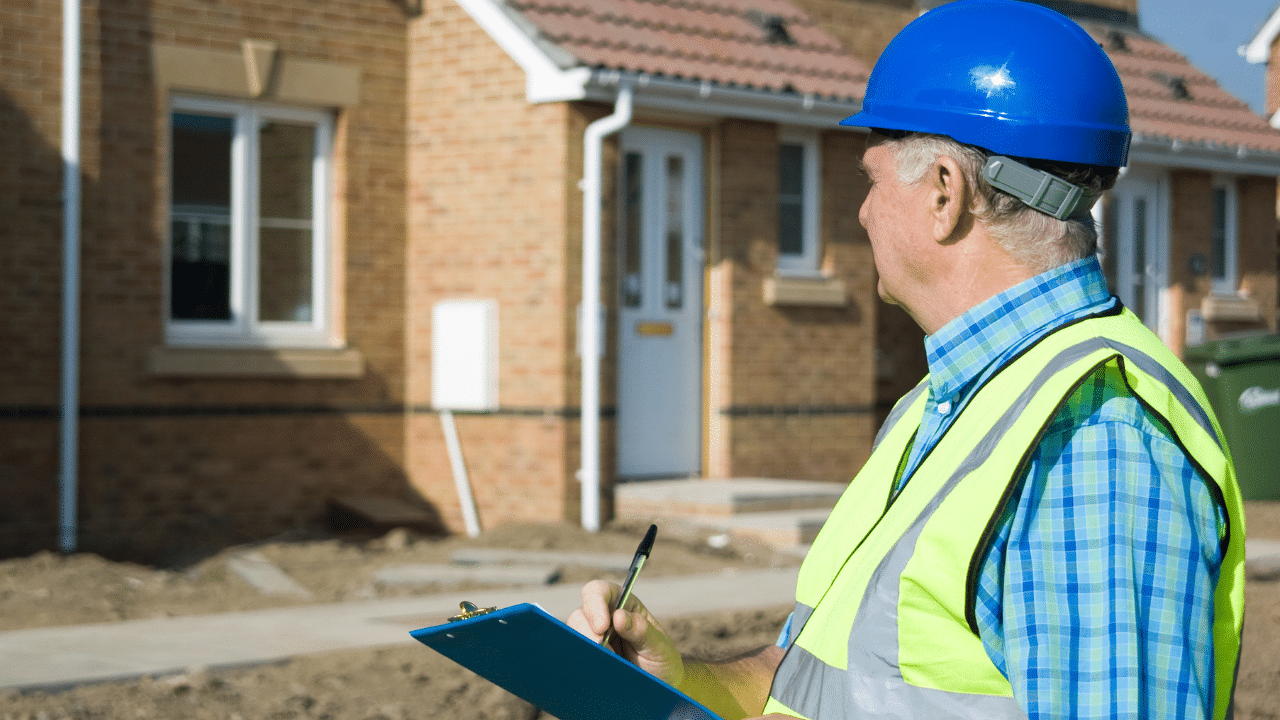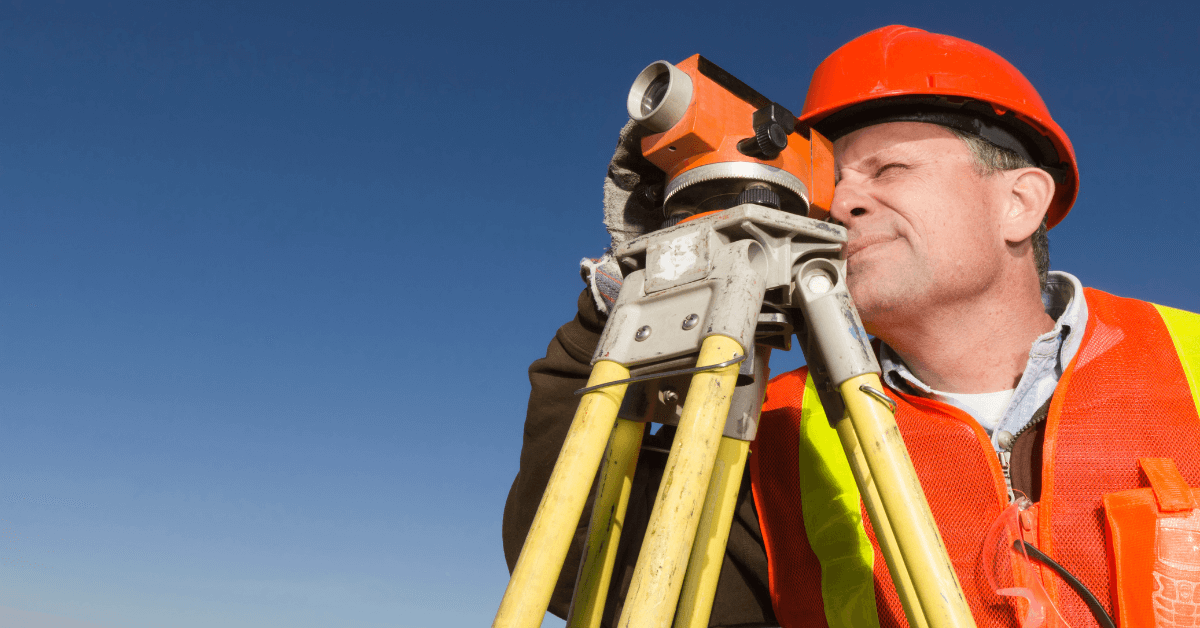How Do Dilapidation Surveyors Assess Property Decay?
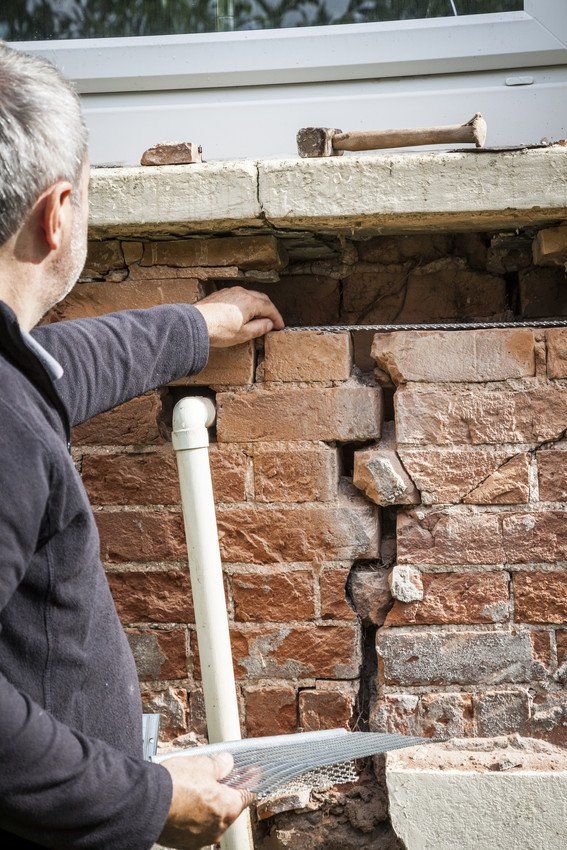
When it comes to commercial property management, ensuring that the terms of a lease are upheld is crucial. Landlords need to protect their investments, and tenants must return the property in the agreed-upon condition at the end of the lease term. This is where dilapidation surveyors play a vital role. In this blog post, we will explore how dilapidation surveyors assess property decay, the importance of a dilapidation report, and what you can expect during a dilapidation inspection.
The Importance of Dilapidation Inspections
Dilapidation inspections are a vital aspect of commercial property management, serving to protect investments, ensure legal compliance, and provide clear documentation of a property's condition. These inspections help both landlords and tenants budget for necessary repairs, preventing financial surprises, and maintaining positive relationships. In essence, they are a crucial tool for responsible property management and dispute prevention.
Assessing Property Decay
Dilapidation surveyors are highly trained professionals who specialise in evaluating the condition of a property. Their primary focus is on assessing any deterioration or damage that may have occurred during the lease period. Here's how they go about it:
Initial Inspection: The process begins with an initial inspection of the property. Surveyors will thoroughly examine the building's interior and exterior, taking note of any visible signs of wear and tear. This includes issues like cracked walls, damaged flooring, broken fixtures, and more.
Review of Lease Agreement: Dilapidation surveyors then review the lease agreement to understand the specific obligations of both the landlord and the tenant regarding property maintenance. This step is crucial to determine which party is responsible for addressing various issues.
Photographic Evidence: To support their findings, surveyors take detailed photographs of the property's condition. These photographs serve as essential documentation for the dilapidation report.
In-Depth Assessment: Surveyors may also conduct more in-depth assessments, such as structural surveys or testing for asbestos or other hazardous materials if necessary. This ensures that no hidden issues are overlooked.
Comparative Analysis: After collecting all the necessary data, dilapidation surveyors compare the current condition of the property to its condition at the start of the lease. Any discrepancies are noted and included in the report.
The Dilapidation Report
The next critical step in the process is the creation of the dilapidation report. This document serves as a comprehensive record of the property's condition and outlines any necessary remedial work. Key components of the report include:
Description of Defects: The report provides a detailed list of all defects and damage found during the inspection, along with photographic evidence.
Repair Cost Estimates: Dilapidation surveyors calculate the estimated cost of repairing or rectifying each identified issue. These cost estimates are based on industry standards and local market rates.
Responsibility Allocation: The report clearly states which party, the landlord or the tenant, is responsible for addressing each defect based on the lease agreement.
Recommendations: Surveyors may offer recommendations for addressing the issues, including suggested repair methods or alternatives.
Dilapidation surveyors play a crucial role in assessing property decay and ensuring that lease obligations are met. If you require a dilapidation survey or other
building surveying services, don't hesitate to contact Simon Levy Associates. Our team of chartered building surveyors is here to assist you in protecting your property investments and ensuring compliance with lease agreements.
Get in touch today for expert assistance with your dilapidation needs.
